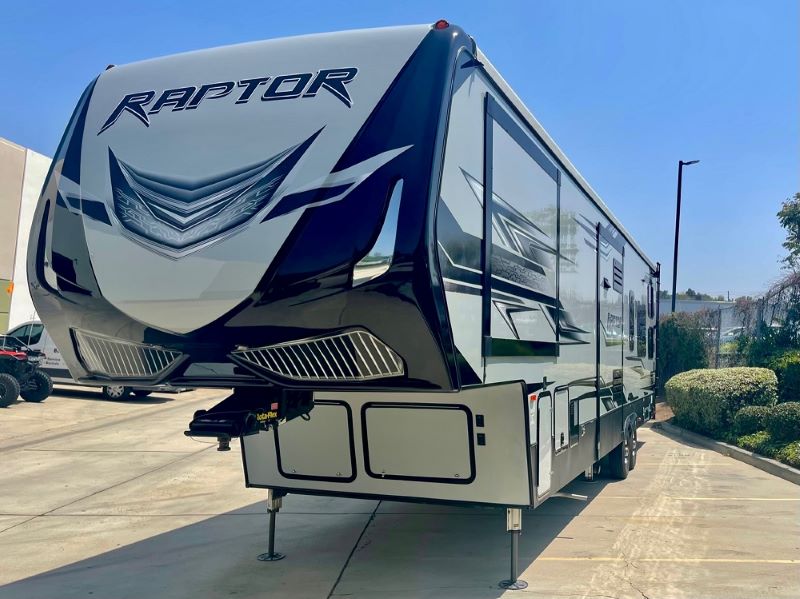Thanks for your support! If you make a purchase using our links in this article, we may make a commission. And, as an Amazon Associate, I earn from qualifying purchases. See the full disclosure here.
An RV ceramic coating is worth considering if you like that “brand new RV look” and want it to last as long as possible. It’s certainly a pricey option, so the real question is—are RV ceramic coatings worth it?
Well, it’ll undoubtedly make a difference in the shiny new appearance of your RV, and you can apply ceramic coatings to either a towable travel trailer or a motorhome, regardless of class. The thing to keep in mind here is longevity.
If you’re interested in applying a ceramic coating on your RV, this article will cover every aspect of it, including what you can expect in terms of the finished product, costs, benefits, and drawbacks. We’ll walk you through each point so you don’t have to worry about diving in blind.
What is an RV Ceramic Coating?
An RV ceramic coating isn’t paint. It’s a protective coating that preserves and protects the underlying final coat from the original paint job. A ceramic coat consists of a liquid polymer that’s marine grade, meaning it’s designed to protect against the harshest of elements, typically found out at sea.
That means an RV ceramic coating application protects from corrosion, water infiltration, environmental toxins, salt, UV rays, and a degree of light impacts, scratches, and scuffs. It’s a potent coating and one of the highest-quality protective barriers on the market.
What are the Benefits of RV Ceramic Coatings?
There are many benefits to RV ceramic coatings. For starters, ceramic coatings bond with the surface of the original paint at a molecular level. If you can imagine applying wet concrete to tiny cracks in a driveway and watching as the concrete fills each tiny crack, you’ll have an idea of how it works.
It penetrates the gaps between the molecules of the existing paint, filling it in. This level of bonding is the best you can get because it essentially becomes a part of the original paint coat or clear coat. However, it’s now molecularly stronger to a high degree.
- Ceramic coatings are hydrophobic (repel water)
- Chemical resistant
- Resistant to fading
- Resistant to UV rays
- Create a powerful bond between the ceramic polymers and the existing paint
- Have very low surface tension
- Are…
Click Here to Read the Full Original Article at RVBlogger…
